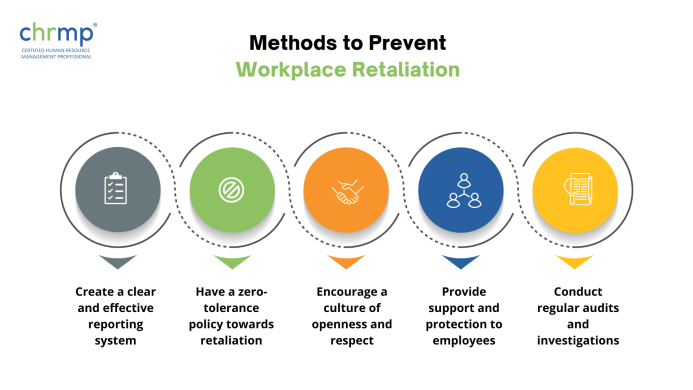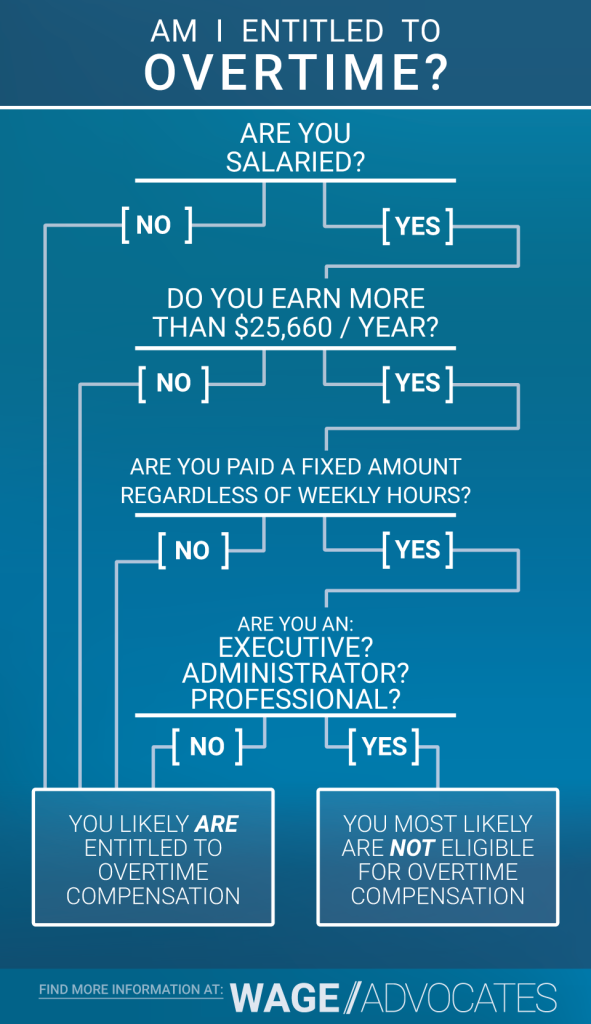
Unlocking Top Talent: The Ultimate Guide to Employer Branding Strategies
In today’s fiercely competitive job market, attracting the best and brightest talent isn’t just about offering a good salary. It’s about your company’s reputation, its culture, and the experience it provides to its employees. This is where employer branding comes into play – and if you’re not actively working on yours, you’re likely missing out on top-tier candidates.
This comprehensive guide will break down everything you need to know about employer branding, from its core definition to practical strategies you can implement today to attract and retain the talent your business needs to thrive.
What Exactly is Employer Branding?
Think of employer branding as your company’s reputation as a place to work. Just as a product brand tells customers what to expect from a product or service, an employer brand tells potential and current employees what it’s like to work for your company.
It encompasses:
- Your company’s values and mission.
- The workplace culture.
- The benefits and perks you offer.
- Opportunities for growth and development.
- How you treat your employees.
- The overall employee experience.
In essence, it’s the sum of everything people think, feel, and say about your company as an employer. A strong employer brand doesn’t just happen; it’s carefully crafted, consistently communicated, and authentically lived.
Why is Employer Branding Crucial for Attracting Top Talent Today?
The landscape of work has shifted dramatically. Candidates, especially top talent, are no longer just looking for a job; they’re looking for a purpose, a positive environment, and a place where they can grow. Here’s why a robust employer branding strategy is non-negotiable:
- Attracts Better-Quality Candidates: A strong brand naturally draws in more qualified and engaged applicants who align with your company’s values. They seek you out, rather than you having to constantly chase them.
- Reduces Time-to-Hire and Cost-per-Hire: When your reputation precedes you, you spend less time and money on recruitment advertising and screening. Candidates are pre-sold on your company.
- Boosts Employee Engagement and Retention: A strong external brand is often a reflection of a great internal culture. Happy, engaged employees are less likely to leave, reducing costly turnover.
- Enhances Competitive Advantage: In a crowded market, your employer brand can be your unique selling proposition, differentiating you from competitors who might offer similar roles or salaries.
- Increases Employee Referrals: Current employees who are proud of where they work become your best advocates, referring high-quality candidates from their networks.
- Improves Negotiation Power: Candidates with a strong desire to work for your company may be more flexible on salary or benefits if they believe in your brand.
- Builds Trust and Credibility: Transparency and authenticity in your branding build trust with both potential hires and the public.
The Core Components of a Powerful Employer Brand
Before diving into strategies, it’s essential to understand the building blocks of an effective employer brand:
1. Your Employee Value Proposition (EVP)
Think of your EVP as the unique set of benefits and rewards that employees receive in return for their performance at your company. It’s why someone would choose to work for you over a competitor.
A strong EVP typically includes:
- Compensation & Benefits: Salary, bonuses, health insurance, retirement plans, paid time off.
- Work-Life Balance: Flexible hours, remote work options, wellness programs.
- Career Development: Training, mentorship, opportunities for promotion, clear career paths.
- Culture & Environment: Teamwork, recognition, diversity, inclusion, leadership style, office environment.
- Purpose & Impact: The company’s mission, social responsibility, the meaningfulness of the work.
Your EVP should be unique, relevant to your target talent, and something you can genuinely deliver on.
2. Your Authentic Company Culture
Culture is the personality of your organization – the shared values, beliefs, attitudes, and practices that shape how employees interact with each other and their work. A positive, inclusive, and supportive culture is a magnet for top talent.
Key aspects of culture include:
- Communication styles
- Decision-making processes
- Leadership approach
- Team dynamics
- Recognition and rewards
- Work environment
Your employer brand should genuinely reflect your actual culture. Inauthenticity will quickly be exposed, damaging your reputation.
3. The Employee Experience
This encompasses the entire journey an employee has with your company, from their first interaction as a candidate, through onboarding, daily work, career development, and even their departure. Every touchpoint contributes to your employer brand.
Consider the experience at every stage:
- Candidate Experience: Easy application, clear communication, respectful interviews.
- Onboarding: Welcoming, structured, supportive first few weeks.
- Day-to-Day Work: Meaningful tasks, supportive colleagues, clear expectations.
- Growth & Development: Access to training, mentorship, opportunities.
- Recognition: Feeling valued for contributions.
- Offboarding: Respectful and professional exit process.
Practical Employer Branding Strategies for Attracting Top Talent
Now, let’s get into the actionable steps you can take to build and amplify a compelling employer brand.
1. Define and Articulate Your Unique EVP
This is the cornerstone of your employer brand. Don’t guess; research!
- Conduct Internal Surveys & Interviews: Talk to your current employees. What do they love about working here? Why do they stay? What would make them leave? What are the unique benefits or challenges?
- Analyze Your Competitors: What are other companies in your industry offering? Where can you differentiate yourself?
- Involve Leadership: Ensure your EVP aligns with the company’s overall vision and strategy.
- Be Honest and Specific: Avoid vague statements. Instead of "great culture," describe what makes it great (e.g., "collaborative teams with weekly innovation sessions").
- Create a Clear Statement: Condense your findings into a concise and compelling EVP statement that can be easily communicated.
2. Showcase Your Authentic Company Culture
Don’t just say you have a great culture; show it!
- Visual Content is King:
- Photos: Candid shots of employees collaborating, celebrating, or working.
- Videos: Short "day in the life" videos, team introductions, office tours. Video is incredibly powerful for conveying atmosphere and personality.
- Employee Stories & Spotlights: Highlight individual employees, their roles, their journeys, and what they appreciate about working at your company. This makes your culture relatable and human.
- Behind-the-Scenes Content: Share glimpses of company events, team-building activities, volunteer days, or even quirky office traditions.
- Be Transparent: If your culture is still evolving, acknowledge it. Authenticity builds trust.
3. Leverage Employee Testimonials and User-Generated Content
Who better to tell your story than the people living it every day?
- Video Testimonials: Short, unscripted videos of employees sharing their experiences. These are highly credible.
- Written Quotes: Feature compelling quotes from employees on your career page, job descriptions, and social media.
- Case Studies/Success Stories: Highlight how employees have grown, learned, or contributed to significant projects.
- Encourage Reviews: Actively encourage employees to leave honest reviews on platforms like Glassdoor, Indeed, and LinkedIn. Respond professionally to all reviews, positive or negative.
- "Takeover" Days: Let employees take over your social media channels for a day to share their work experiences.
4. Optimize Your Career Page and Company Website
Your website, especially your careers section, is often the first stop for interested candidates. Make it an engaging and informative hub, not just a list of job openings.
- Beyond Job Listings: Include sections dedicated to your EVP, company history, mission, values, and benefits.
- Rich Media: Embed videos, photo galleries, and employee testimonials directly on the page.
- Clear Navigation: Make it easy for candidates to find information about different teams, departments, or career paths.
- Employee Spotlights: Feature short bios or Q&As with current employees.
- FAQs: Address common questions about the hiring process, company culture, or benefits.
- Mobile-Friendly: Ensure the site is responsive and easy to navigate on all devices.
- SEO Optimization: Use relevant keywords in your page content to help candidates find you through search engines (e.g., "software engineer jobs [your city]", "company culture [your company name]").
5. Rock Your Social Media Presence
Social media is a powerful tool for broadcasting your employer brand and engaging with potential talent.
- Choose the Right Platforms:
- LinkedIn: Essential for professional networking, company updates, thought leadership, and sharing job openings.
- Instagram/Facebook: Great for visual content, behind-the-scenes glimpses, company events, and showcasing culture.
- TikTok/YouTube: Ideal for short, engaging videos about company culture, employee life, and industry insights.
- Consistent Content Calendar: Plan your posts to regularly showcase your culture, employee achievements, company news, and open roles.
- Engage, Don’t Just Broadcast: Respond to comments, questions, and messages. Participate in relevant conversations.
- Employee Advocacy: Encourage your employees to share company content and their own positive experiences. Provide them with easy-to-share assets.
- Use Relevant Hashtags: Research popular industry and recruitment hashtags to increase visibility.
6. Engage in Community Involvement and Public Relations
Show that your company is a responsible and caring member of the community.
- Volunteer Programs: Highlight employee participation in charity events or community service.
- Sponsorships: Sponsor local events, sports teams, or educational initiatives.
- Industry Recognition: Promote any awards, certifications, or positive press your company receives.
- Thought Leadership: Have your leaders speak at industry conferences, publish articles, or participate in webinars. This positions your company as an innovator and expert.
- Sustainability Initiatives: Showcase efforts towards environmental responsibility or ethical practices.
7. Provide an Exceptional Candidate Experience
Your employer brand isn’t just about what you say; it’s about what you do. Every interaction a candidate has with your company contributes to their perception.
- Streamlined Application Process: Make it easy to apply – avoid overly complex forms.
- Clear and Timely Communication: Acknowledge applications, provide updates on their status, and communicate next steps promptly. Even if you’re not moving forward with a candidate, a polite and timely rejection email is crucial.
- Respectful Interviews: Be prepared, stick to schedules, and ensure interviewers are trained to represent your brand positively.
- Constructive Feedback: Where appropriate and feasible, offer feedback to candidates who don’t get the job.
- Personalized Approach: Treat candidates as individuals, not just numbers.
- Transparent Expectations: Clearly communicate job responsibilities, company culture, and what to expect during the hiring process.
8. Measure, Monitor, and Adapt Your Strategies
Employer branding isn’t a one-time project; it’s an ongoing process.
- Track Key Metrics:
- Application Conversion Rates: How many visitors to your career page apply?
- Quality of Hires: Are your new hires performing well and staying longer?
- Source of Hire: Where are your best candidates coming from (referrals, social media, career site)?
- Candidate Experience Scores: Surveys at various stages of the hiring process.
- Employee Engagement Scores: Internal surveys measuring satisfaction and commitment.
- Online Reviews: Monitor Glassdoor, Indeed, and Google reviews for trends and sentiment.
- Gather Feedback Continuously: Conduct exit interviews to understand why employees leave. Hold stay interviews to understand why they stay.
- Listen to Social Media: Pay attention to what people are saying about your company online.
- Adjust and Improve: Use data and feedback to refine your EVP, adapt your communication strategies, and improve the employee experience.
Common Employer Branding Mistakes to Avoid
Even with the best intentions, companies can make missteps. Be aware of these pitfalls:
- Being Inauthentic: The biggest mistake is presenting a brand that doesn’t match the reality. Candidates will quickly see through it, leading to distrust and negative reviews.
- Ignoring Employee Feedback: Your current employees are your best source of truth. If you’re not listening to them, you’re building a brand on shaky ground.
- Neglecting the Candidate Experience: A poor experience can turn off even highly interested candidates and lead to negative word-of-mouth, regardless of your marketing efforts.
- Not Measuring Results: If you don’t track what’s working (and what isn’t), you can’t improve your strategy.
- Treating it as a One-Time Project: Employer branding is an ongoing commitment. The job market, your company, and your employees are constantly evolving.
- Forgetting Internal Branding: Your employees need to feel proud and informed about your brand first. Don’t just focus on external messaging; ensure your internal communications reinforce your EVP and culture.
- Over-relying on Perks: While perks are nice, they won’t make up for a toxic culture or lack of growth opportunities. Focus on the core employee experience.
Conclusion
Employer branding is no longer a "nice-to-have" but a strategic imperative for any organization aiming to attract and retain top talent. It’s about authentically showcasing what makes your company a unique and desirable place to work.
By defining a compelling EVP, consistently communicating your true culture, providing an exceptional candidate experience, and continuously measuring your efforts, you can build a powerful employer brand that not only draws in the best candidates but also fosters a thriving, engaged workforce. Start investing in your employer brand today, and watch your talent pool transform.




Post Comment